Potassium and Soybean Production
Having spent my time as a CCA Soy Envoy writing about micronutrients, sulfur, nitrogen and phosphorus, it seems appropriate to close out the year [...]
PODCAST: Soil Compaction Restoration
CCA Soy Envoy, Dave Rahe, looks at soil compaction caused by planting in less than ideal soil conditions and what soybean growers can do [...]
Three Phosphorus Tests and Which to Use on Your Soil
Phosphorus was recently in the spotlight as the American Society of Agronomy celebrated Phosphorus Week, September 15-21. It seems appropriate to celebrate the discovery [...]
What You Need to Know About Managing Nitrogen in Wet Years
Managing nitrogen is one of the most difficult and unpredictable things that grain producers need to do. In a world where environmental concerns come [...]
Managing Micronutrients in Soybeans
There are 18 essential nutrients in plants: Nitrogen, phosphorus and potassium are the most likely to be added as fertilizer. Water, carbon and oxygen [...]
Spring Soil Sampling
Soil sampling has traditionally been done in the fall, after crops are harvested. The objective is to know how much fertility the soil already [...]
Cold, Wet, Frustrating
We can sum up fall and winter, and now spring, in a few words; cold, wet, frustrating. While we still want to plant as [...]
Sulfur Needs for Soybean Growth
One of the major nutrients needed for crop growth is sulfur (S). In the past nitrogen, phosphorus and potassium were considered the major nutrients. [...]

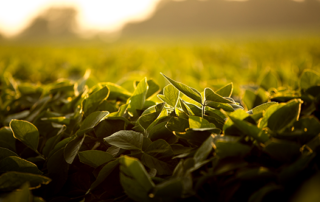
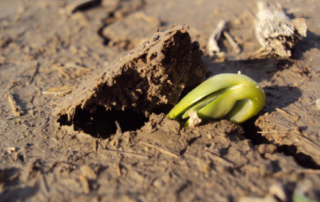
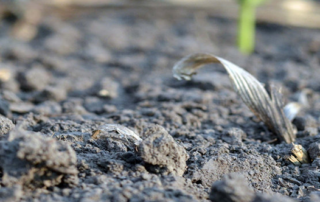
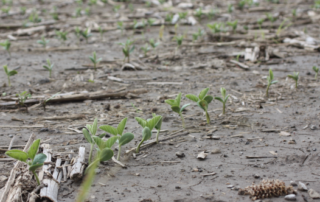
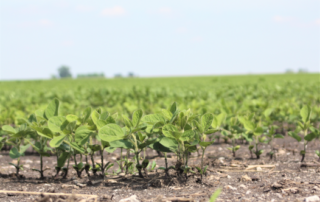
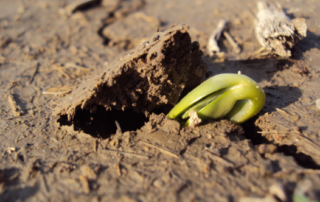
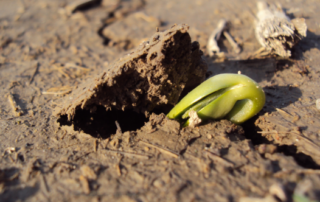
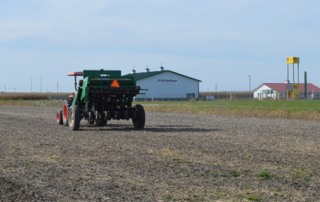

 and then
and then